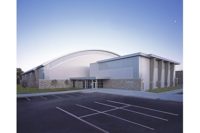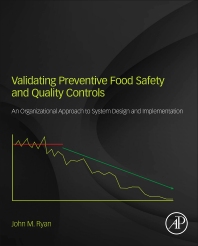How Insulated Metal Panels Offer Food Safety Solutions

The food processing industry is strictly regulated to ensure that the public food supply is protected. All structural components of the facility must follow a specific set of sanitary design principles. And, the building must operate in a way that does not allow the growth of potential foodborne pathogens.
That’s why today’s cold food processors must invest in insulated metal panels (IMPs).
It is easier to achieve rigid cleanliness standards with IMPs because they are solid and flat. They do not have the indentations caused by attachment devices that can harbor germs, bacteria and viruses. All joints are sealed and airtight, which helps to maintain thermal consistency, sanitation levels and control of the building’s air pressure differential. Insulated metal panels are washable and resistant to mold and stains, which allows for a very hygienic condition in the food processing facility. IMPs make it possible for buildings with controlled environments to meet all relevant regulations required by regulatory agencies.
IMPs can be utilized to create a controlled environment in all processing plants in which finished product protection and hygienic control is required. IMPs are well suited to provide the thermal efficiency required for cold food processing and packing facilities to achieve sanitary design principles. Here’s how.
Maintain the cool
Manufacturers often carry IMPs specific for the food processing and washdown environments, making it possible for a building to maintain precise temperatures needed to protect a food production system. Less effective wall systems can cause loss of productivity due to closure for increased maintenance.
Cold storage wall panels provide the desired performance that reduces thermal bridging typical of other cavity wall systems. They have a core of continuous, rigid insulation that achieves the R-values needed to ensure a stable interior environment.Both the United States Department of Agriculture (USDA) and Canadian Food Inspection Agency (CFIA) accepted IMP cold storage wall systems as a way to reduce regulatory risks.
Life-cycle benefits
Another benefit to using an IMP system is that it reduces workflow stoppage time. This is especially important when a facility undergoes changes to its interior. The reasoning behind that is because these systems are simple enough to detail and attach, thus reducing installation mistakes and scheduling delays.
Furthermore, IMP systems can provide this level of performance over the service life of a commercial building. Protect your food and protect your building with IMP systems.
Looking for a reprint of this article?
From high-res PDFs to custom plaques, order your copy today!









